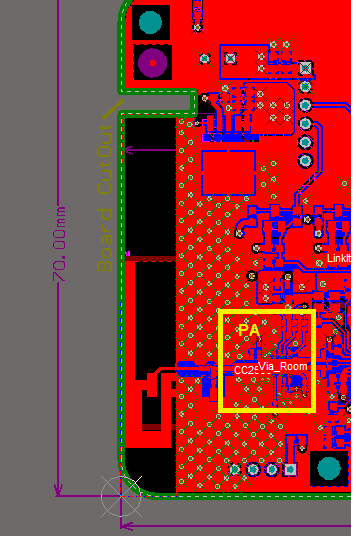Other Parts Discussed in Thread: CC2591, , CC2592
Dear sir,
we done the zigbee board based on TI Reference design CC2530 with CC2591 .But our board size is very small.In that we can't accommodate the antenna which one is TI recommended.But we used some antenna in that we didn't get the proper range.So,please give me some suggestion which type of antenna is good for our design to extend the range.Here I have attached the Image for our design along with TI recommended design for your reference.



